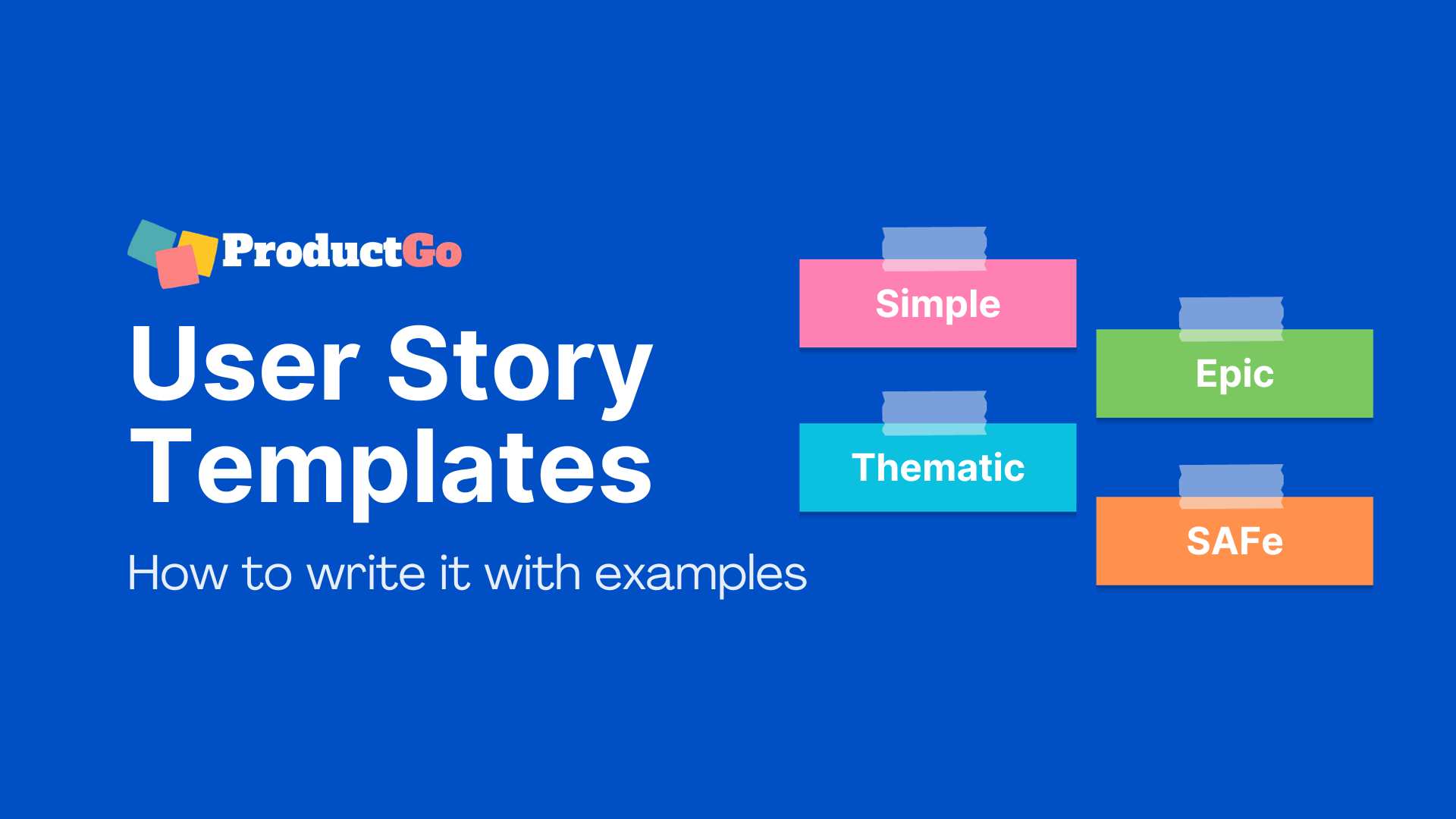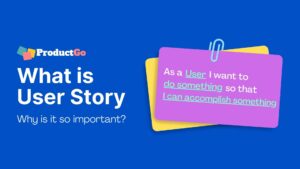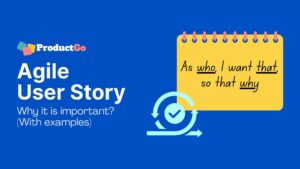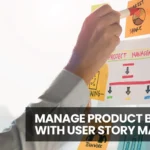User stories are the backbone of Agile software development. They serve as a fundamental tool for capturing software features from the perspective of end users.
We will delve into various types of user stories, ranging from simple and epic stories to thematic and SAFe stories, each tailored to specific project needs.
Table of Contents
What is a User Story?
A user story is a tool used in agile software development to capture a description of a software feature from the perspective of an end user. It is a short, simple statement that describes a feature or functionality that the user needs to perform their job or achieve their goals.
A user story typically comprises three elements: a persona, a need, and a purpose. The persona is the user or customer using the software feature. The need is what the user wants to accomplish with the feature. The aim is the reason why the user wants to achieve this goal.
User stories are particularly vital in Agile development methodologies like Scrum and Kanban. They are a powerful tool for effective communication, prioritization, collaboration, and customer-centric development.
What is the Format of a User Story?
The format of a user story is a simple template that can be used to write user stories in a consistent and easy-to-understand way. The template is as follows:
- As a [user role], I want to [do something] so that [I can achieve something].
The user role is the type of user who will be using the feature. The action is what the user wants to do with the feature. The reason is why the user wants to do the action.
Here is an example of a complete user story:
- As a customer, I want to be able to add items to my cart and checkout so that I can easily purchase the products I need.
This user story is clear, concise, and actionable. It identifies the user role (customer), the desired action (add items to cart and checkout), and the benefit (easily purchase the products I need).
Adhering to the INVEST criteria helps ensure the quality and effectiveness of user stories within Agile development. These criteria encourage a balance between flexibility and structure, ensuring that user stories are valuable, manageable, and aligned with user needs.
→ Related content: What is a User Story and why is it important?
4 Types of User Stories
Simple User Stories
Simple user stories are brief, plain-language descriptions of features or functionalities that are straightforward and easy to understand. They typically represent a single task or goal, and they have minimal complexity.
Teams can add further information to these simple user stories, including:
- Priority: Indicating the relative importance of each story compared to others.
- Estimated Effort: Provide an estimate, often in story points or ideal days, to gauge the complexity and time required for each story.

Here are some examples of simple user stories:
- As a user, I want to be able to reset my password so that I can regain access to my account.
- As a user, I want to be able to search for products by name so that I can find what I’m looking for quickly.
Epic User Stories
Epic user stories are large, high-level user stories that often require further breakdown into smaller, more manageable stories. They represent a significant piece of work that may require multiple sprints or iterations to complete.

Here are some examples of epic user stories:
- As a user, I want to be able to purchase products online so that I can shop from the comfort of my home.
- As a user, I want to be able to track my order status so that I can know when my order will arrive.
Thematic User Stories
Thematic user stories are a way to organize user stories into groups based on a common theme or goal. This can help to identify and prioritize related features and to ensure that the software is being developed in a way that is aligned with the overall product vision.
Thematic user stories consider priority, estimate, and release, unlike epics. Release refers to the functions you want to deliver to users at once.

Here are some examples of thematic user stories:
- As a user, I want to be able to customize my profile so that I can personalize my experience on the platform.
- As a user, I want to be able to view my order history so that I can track my purchases.
SAFe (Scaled Agile Framework) User Stories
SAFe (Scaled Agile Framework) user stories are adapted for large-scale agile projects and organizations. They are used to describe a large feature or functionality that can be broken down into smaller, more manageable pieces.
While the fundamental concept of user stories remains consistent with traditional Agile practices, SAFe introduces additional considerations and layers to adapt user stories for large-scale Agile projects and organizations.
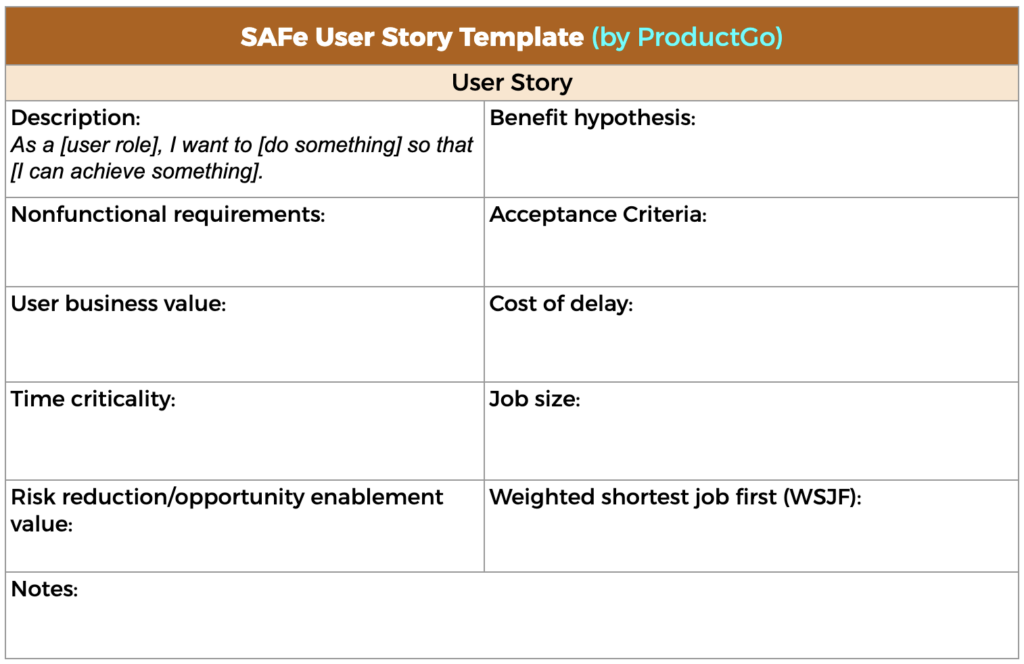
Here are some examples of SAFe user stories:
- As a user, I want to be able to customize my profile so that I can personalize my experience on the platform.
- As a user, I want to be able to view my order history so that I can track my purchases.
→ Click here to access to User Story Template by ProductGo
User Story with Acceptance Criteria
Acceptance criteria are essential for user stories because they provide a clear definition of what needs to be done for the user story to be considered complete. This helps to ensure that everyone involved in the development process, including the product owner, developers, and testers, are on the same page and that the user story is delivered to the desired quality standards.
Acceptance criteria are also important for validating that the user story meets the needs of the stakeholders. By ensuring that all of the acceptance criteria are met, the team can be confident that the user story is delivering the value that was originally intended.
Here are examples of acceptance criteria for user stories:
- User story: As a customer, I want to be able to add items to my cart and checkout so that I can easily purchase the products I need.
- Acceptance criteria:
- The customer must be able to browse the product catalog and add items to their cart.
- The customer must be able to enter their shipping and billing information.
- The customer must be able to review their order and checkout.
- The customer must receive a confirmation email after they have placed their order.
Sum Up
In the realm of Agile software development, user stories are the essential building blocks that drive effective communication, prioritize features, and ensure customer-centric development. By understanding the user’s perspective and structuring user stories with clarity and precision, teams can navigate complex projects with agility and deliver value incrementally.
Whether it’s breaking down epic tasks into manageable pieces, organizing them thematically, or adapting to the scale of large enterprises using SAFe, user stories remain at the core of Agile success.

